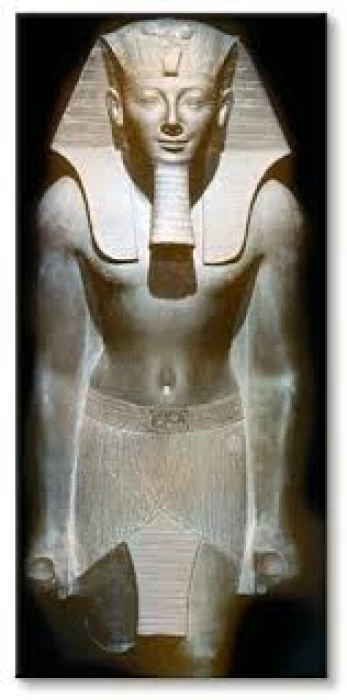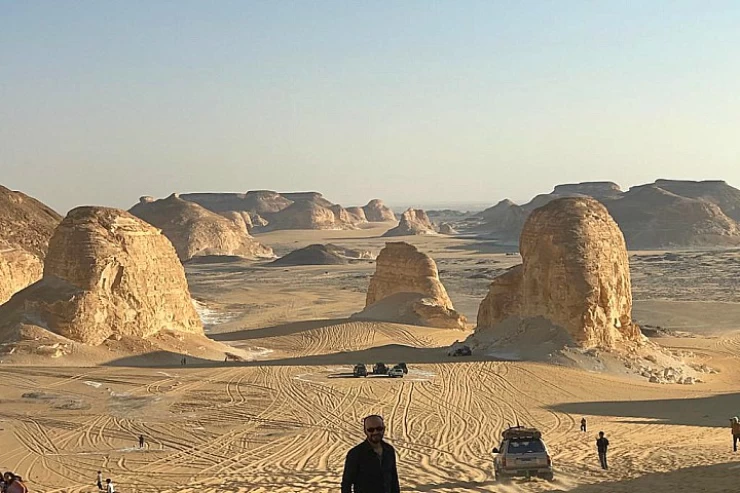
国王佩皮二世
佩皮二世国王
金字塔时代的最后一位伟大的法老是佩皮二世,他的统治持续了一个世纪。 他在六岁时继承了一个富有的,制定外交政策的埃及的王位。
当他在他的兄弟Merenre去世六年后登上王位时,他得到了Vizier Djau和Harkhuf的帮助,感谢他们,当他达到足够的年龄时,他找到了一个非常繁荣的埃及。 他是一位和平友好的国王,他制定了一项税收政策,有利于城市和人民,从而赢得他们的忠诚。 王国九十多年来,它几乎在其所有女王中幸存下来,据说也与萨森网将军有关系。 他被埋在萨卡拉的金字塔里。
佩皮二世似乎以类似的方式继续了他的前任的外交政策。 雪花石膏是从Hatnub开采的,而铜和绿松石则在西奈的瓦迪马加雷开采。 腓尼基城市比布鲁斯有铭文提到他。
参观萨卡拉和吉萨高原,探索胡夫大金字塔和许多其他令人兴奋的地方在开罗的历史名城在很多埃及旅游,埃及旅游套餐和埃及一日游如果你留在开罗,你可以有一个最好的一日游;如果你没有时间,你可以预订从机场到开罗的旅行。
如果您计划访问埃及,您应该考虑查看我们详细的埃及旅游指南,因为它是埃及旅游期间的独特体验,无法与埃及的其他任何事情相比。 您可以享受埃及的经典之旅之一,所有旅行者都希望在埃及的圣诞之旅期间在尼罗河上游船,或者在埃及的复活节之旅期间享受最佳天气。 涵盖大多数开罗一日游,卢克索一日游,以及阿斯旺一日游,这就是为什么我们的旅游信息部分是为了与那些谁正在寻找文化,埃及历史和豪华住宿,而游 山谷。















